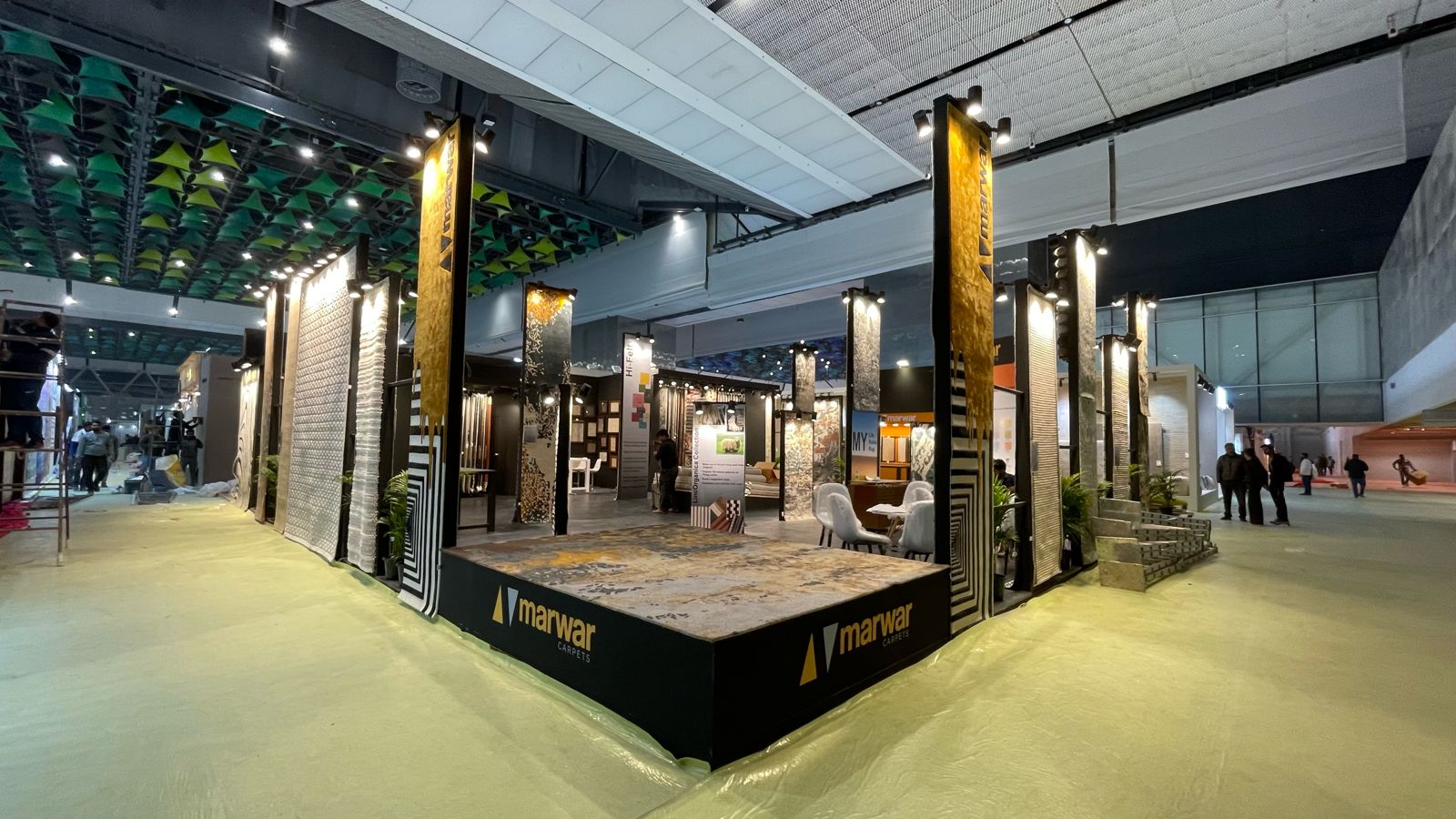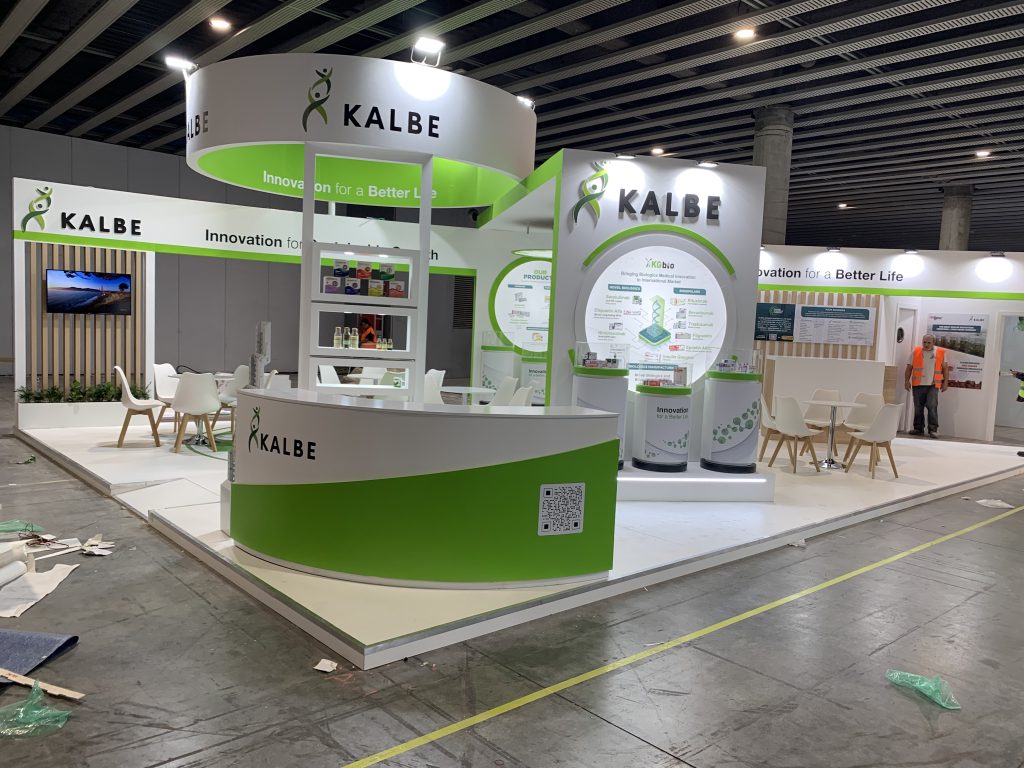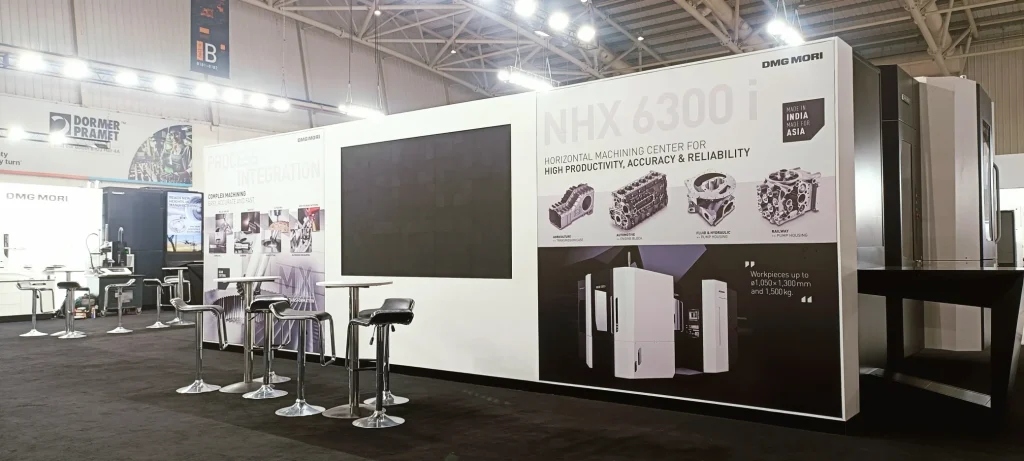
Introduction
In the competitive landscape of trade shows exhibits, the ability to capture and retain the attention of visitors is paramount. While functional and aesthetic aspects of booth design are essential, the role of emotional design in creating a memorable and engaging visitor experience is increasingly recognized as crucial.
Emotional design taps into the psychological and emotional responses of visitors, creating a deeper connection with the brand. This blog explores the role of emotional design in captivating exhibition stand visitors, the principles behind it, and practical strategies for implementation.
Understanding Emotional Design
What is Emotional Design?
Emotional design refers to the creation of products, environments, or experiences that evoke specific emotions in users. In the context of exhibition stands, it involves designing the booth in a way that elicits positive emotional responses from visitors, making the experience memorable and engaging.
The Three Levels of Emotional Design
According to Don Norman, a pioneer in emotional design, there are three levels at which design impacts human emotions:
- Visceral Level: The immediate, instinctive reaction to the visual and sensory elements of the design.
- Behavioral Level: The usability and functionality of the design that leads to a satisfying experience.
- Reflective Level: The deeper, more contemplative response that involves personal meaning and emotional attachment.
The Importance of Emotional Design in Exhibition Stands
Creating Memorable Experiences
An exhibition stand that evokes strong positive emotions can leave a lasting impression on visitors. These memorable experiences enhance brand recall and influence future purchasing decisions.
Building Emotional Connections
Emotional design helps in building a deeper connection between the brand and the visitors. When visitors feel emotionally connected, they are more likely to engage with the brand and develop loyalty.
Differentiating from Competitors
In a crowded exhibition hall, an emotionally engaging stand can differentiate a brand from its competitors. It helps the brand stand out and attract more visitors.
Strategies for Implementing Emotional Design
1. Visceral Design: Captivating the Senses
Visual Appeal
- Color Psychology: Use colors strategically to evoke specific emotions. For instance, blue can create a sense of calm and trust, while red can evoke excitement and urgency.
- Lighting: Effective use of lighting can enhance the visual appeal of the booth and create different moods. Soft, warm lighting can create a welcoming atmosphere, while dynamic lighting effects can add excitement.
Tactile Engagement
- Material Selection: Use materials that are pleasant to touch and contribute to the overall aesthetic. For example, soft fabrics can create a cozy feel, while sleek metals can convey modernity.
- Interactive Elements: Incorporate interactive elements that visitors can touch and manipulate, creating a more engaging and immersive experience.
2. Behavioral Design: Ensuring Usability and Satisfaction
User-Centric Layout
- Intuitive Navigation: Design the booth layout to be intuitive and easy to navigate. Clear signage and open pathways can guide visitors smoothly through the space.
- Functional Zones: Create distinct zones for different activities, such as product demonstrations, meetings, and relaxation areas. This organization helps in managing visitor flow and enhancing the overall experience.
Engaging Interactions
- Interactive Displays: Use touchscreens, VR experiences, and interactive product displays to engage visitors actively. These elements allow visitors to interact with the brand and its offerings in a hands-on manner.
- Personalization: Offer personalized experiences by incorporating technology that adapts to individual visitor preferences. For example, interactive kiosks that provide tailored product recommendations based on visitor inputs.
3. Reflective Design: Creating Meaning and Connection
Storytelling
- Brand Story: Use the booth design to tell your brand’s story. Incorporate visual elements, graphics, and multimedia presentations that communicate the brand’s history, values, and mission.
- Customer Stories: Showcase testimonials and success stories from customers to create a sense of community and trust.
Emotional Triggers
- Nostalgia: Incorporate elements that evoke nostalgia and connect visitors to positive past experiences associated with the brand.
- Aspirational Elements: Use design elements that inspire visitors and align with their aspirations and goals. For example, a booth for a travel brand could feature immersive displays of dream destinations.
Case Studies of Successful Emotional Design
Case Study 1: Apple
Apple’s exhibition stands are a testament to effective emotional design. The minimalist, sleek design with clean lines and ample space creates a visceral appeal. Interactive product displays and demos cater to the behavioral level, while the brand’s storytelling through visuals and customer testimonials connects at the reflective level.
Case Study 2: Nike
Nike’s stands often feature dynamic visuals, interactive sports experiences, and storytelling elements that highlight the brand’s commitment to innovation and athletic excellence. The visceral impact of bold colors and motion graphics, combined with engaging interactive zones and aspirational messaging, creates a powerful emotional connection with visitors.
Tips for Enhancing Emotional Design in Your Exhibition Stand
Understand Your Audience
- Research: Conduct thorough research to understand the emotional triggers and preferences of your target audience.
- Feedback: Gather feedback from past exhibitions to identify what elements resonated emotionally with visitors.
Collaborate with Experts
- Design Professionals: Work with designers who specialize in creating emotionally engaging spaces.
- Technology Providers: Partner with technology providers to incorporate interactive and personalized elements seamlessly.
Test and Iterate
- Prototyping: Create prototypes and mock-ups of your booth design to test its emotional impact.
- Iteration: Continuously refine the design based on testing results and visitor feedback to enhance its emotional appeal.
Conclusion
Emotional design is a powerful tool for creating captivating exhibition stands that leave a lasting impression on visitors. By appealing to the visceral, behavioral, and reflective levels of emotional response, brands can create memorable experiences, build deeper connections, and stand out in a competitive environment.
Implementing strategies such as visual appeal, tactile engagement, user-centric layouts, engaging interactions, and meaningful storytelling can significantly enhance the emotional impact of your exhibition stand. Embrace emotional design to not only attract visitors but also to foster lasting relationships with them, ultimately driving brand loyalty and success.


 US
US
 EU
EU


